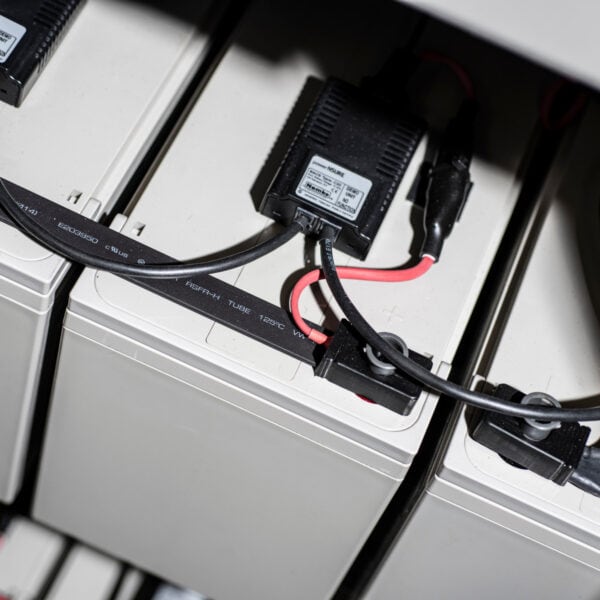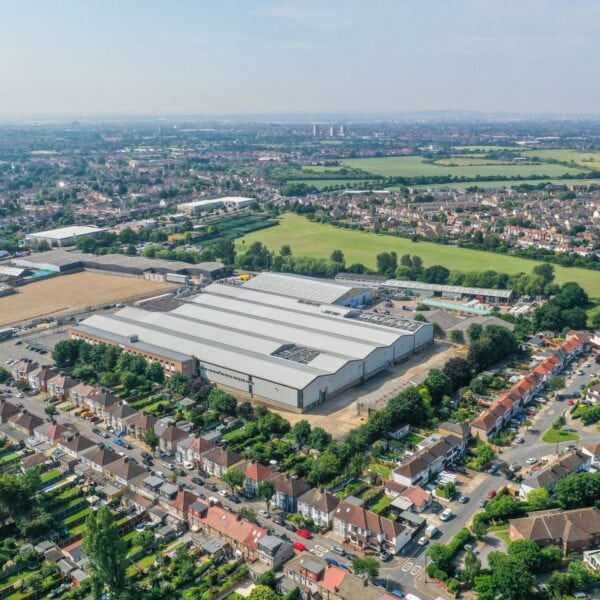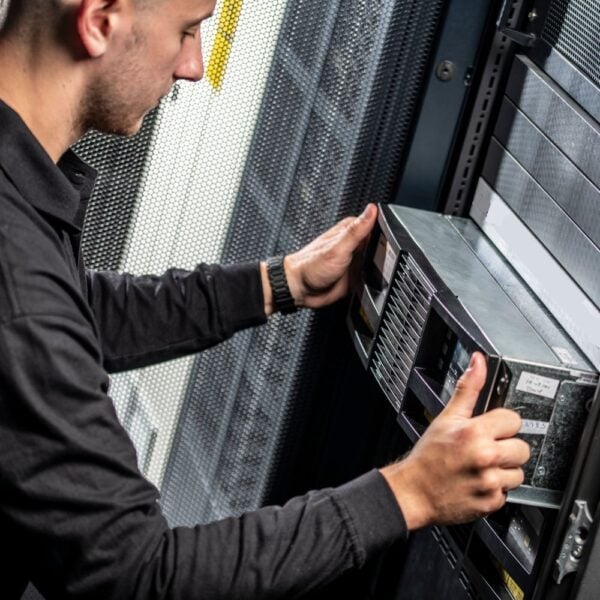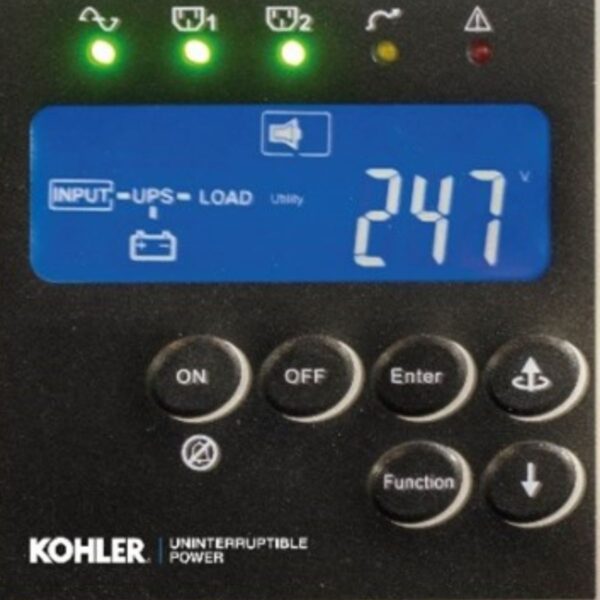The rapidly-growing Internet of Things (IoT) is creating large numbers of sensors of all types that are widely geographically dispersed. Collectively, these sensors are continuously generating high volumes of data that must be reliably collected and processed – yet delivering these high data volumes to a large, centralised data centre presents technical and commercial challenges. An easier solution can be to deploy numbers of small, agile data centres – or micro data centres – close to groups of sensors in the field to provide a more appropriately-scaled and easily-installed processing resource.
This post introduces the concept of micro data centres, and explains how UPSs can be used within them.
Micro data centres are standalone rack-level systems containing all the components of a ‘traditional’ data centre, including on board cooling, telecommunication and storage systems, fire suppression, and UPS. High levels of security for both physical entry and data access can also be provided within their well-defined and limited space. They can be deployed indoors or outdoors and in rugged terrains. Some come with casters and even their own self-propulsion, for easy installation.
Smaller-scale, rack-mounting data centre solutions like these naturally need compact, rack-mounting UPSs to complement them. However, while scaled down in size and capacity, such UPSs should not compromise on the features taken for granted in larger or more traditional installations; high availability and efficiency, easy scalability and low cost of ownership.
In fact these capabilities are available even for small single-phase installations. The KOHLER PW 1000, for example, is implemented as rack-mounting modules rated from 1 to 10kVA each. Up to four modules can be installed into a single rack to increase capacity or provide N+1 redundancy. Risk of downtime is further reduced as the batteries can be hot-swapped without interruption of power to the critical load.
Efficiency up to 94% is possible; this can be increased to 98% by using eco-mode. Running costs are also reduced by a 1.0 input power factor and an input current total harmonic distortion (THDi) below 7%.
The KOHLER PW 8000DPA RI is a solution for larger, three-phase systems; it uses 10 or 20kVA modules, parallelable up to four units to deliver up to 80kVA power. The modules can alternatively be used in a redundant configuration. As they have hot-swap capability, the UPS operates with no downtime even during maintenance or upgrades, and offers ‘six nines’ (99.9999%) availability,.
Operating costs are kept down by up to 95.5% efficiency, with a near-unity input power factor and THDi below 3%. The modules offer reliable support for blade servers, as their output power remains fully-rated at power factors from 0.9 leading to 0.8 lagging.
These UPS families variously offer further features in other areas, such as communications, operator interface and generator support. With the option of UPSs like these, designers can configure micro data centres with the same levels of power security, economy and sophistication as enjoyed by much larger-scale installations.





